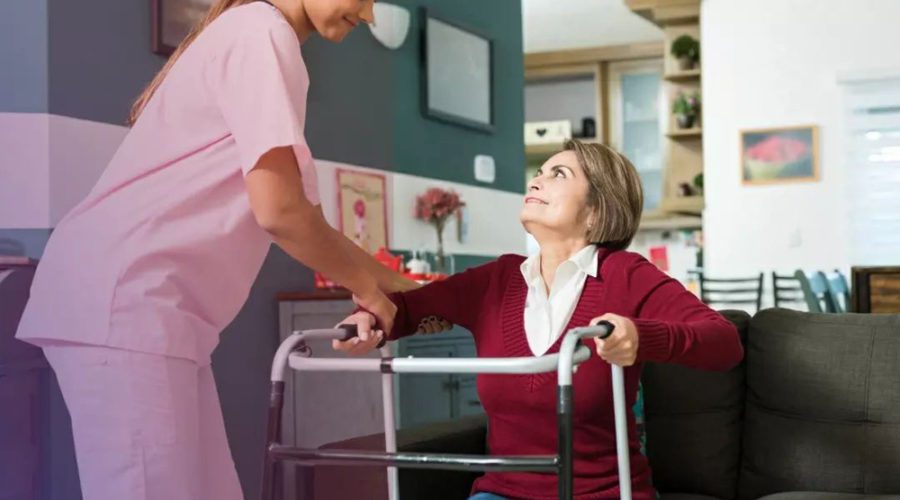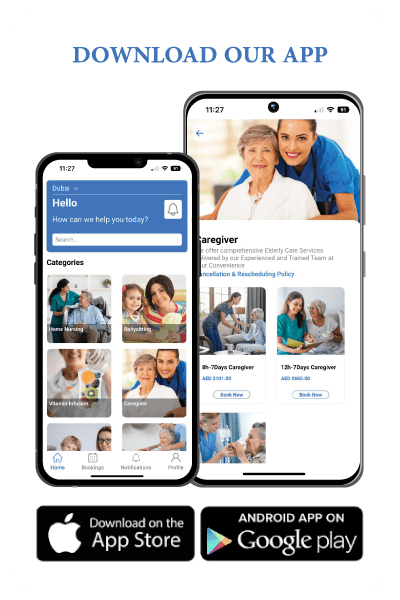We have long been imagining what the future of health may look like as advancements in technology take shape in today’s world. But the COVID-19 pandemic has completely altered the healthcare industry in entirely new ways.
The global health crisis has arguably changed the trajectory of health care’s future. Despite its crucial role in ‘flattening the curve’ through strategies such as monitoring, testing, and contact tracing, primary health care became the biggest concern in the pandemic response. The health care system was approached with an unfamiliar world of remote working, doctors on call, and severe shortages in the supply chain.
Although COVID-19 has adversely affected pre-existing inconsistencies and exposed system flaws in the healthcare industry. It has also emphasized the crucial function primary health care can play in times of health emergency.
Emergence of Healthcare-At-Home
In the aftermath of the COVID-19 pandemic, one overwhelming sentiment has emerged: when it concerns healthcare, several consumers would prefer viable alternatives that enable them to avoid visiting a hospital or medical facility.
Aside from customer demands for requesting home-based instead of facility-based care, studies suggest that home health care service has the potential to obtain better care for consumers while expected to cost less for healthcare delivery providers. And in order to meet this demand, healthcare systems are rethinking how Care at Home ecosystems might progress to provide quality care for their patients.
There is growth in virtual home care
As revealed in a report, Telehealth use was 38 times higher than pre-pandemic peaks. Approximately 40% of those people surveyed expect to keep using telehealth in the long run. This is a significant rise from the 11% of consumers who had been using telehealth even before the pandemic.
Patients who require long-term care are now assessing their at-home care options
As the baby boom generation ages and family members deal with the debilitating effects of the COVID-19 crisis, an increasing number of patients are now assessing at-home long-term care options. Preferably, eligible patients should receive care in the most appropriate setting, and the better option is acquiring at-home care given the health risks. A merging of remote patient monitoring, telehealth, welfare support, and home adjustment may assist more patients to receive a high-quality level of home care.
Emerging innovations and capabilities arise
Healthcare at Home is becoming more accessible thanks to advancements in technology. Remote patient-monitoring devices, for instance, enable companies to remotely monitor patient progress and receive alerts if there is a problem. Some medical companies performed remote patient monitoring for urgent care management of COVID-19 patients and discovered it effective.
Strategies for Implementing Healthcare at Home Effectively
Healthcare at Home has the potential to improve the quality of care and the patient experience by allowing patients to receive care in the comfort of their own homes while also significantly reducing preventable adverse health incidents. But implementing healthcare at home effectively could mean weighing various options and strategies.
First, involved parties must assess which services can be offered at home to help cure patients’ physical, behavioral, and social needs. Care at Home providers, technology providers, and investors could contribute to accelerating innovation in this area.
Second, implementing it could be reliant on the financial viability of the home care provider. It is because of the possibility of relatively low reimbursement for care at home, few healthcare institutions and health agencies have less drive to opt for Healthcare at Home. But this can be mitigated through employing favorable reimbursement or payment innovation and establishing contracts that allow for billing parity for telehealth and value-based financial arrangements.
Third, there is a crucial role for health professionals when it comes to at-home care knowledge, expectations, and abilities. A few strategies to implement would be employing training to supervise the approaches, exploring Care at Home capabilities, and evaluating scholarly articles and outcomes of how high-quality care can be delivered at home.
Finally, informing and educating patients about the Healthcare at home option. Patients should be informed about Care at Home alternatives and they can express preferences on whether to opt for home care service or facility-based care. Healthcare providers should suggest Care at Home to patients when it is only clinically appropriate.
The COVID-19 pandemic has become the catalyst for profoundly changing the landscape of Healthcare at Home to improve high-quality care and patient experience. Moving forward this healthcare service delivery will continue to dominate. And here at Alleanza Group, we are resilient enough in providing in-home nursing care and round-the-clock care-at-home services for our patients. To know more about the services we offer, click here for details.










